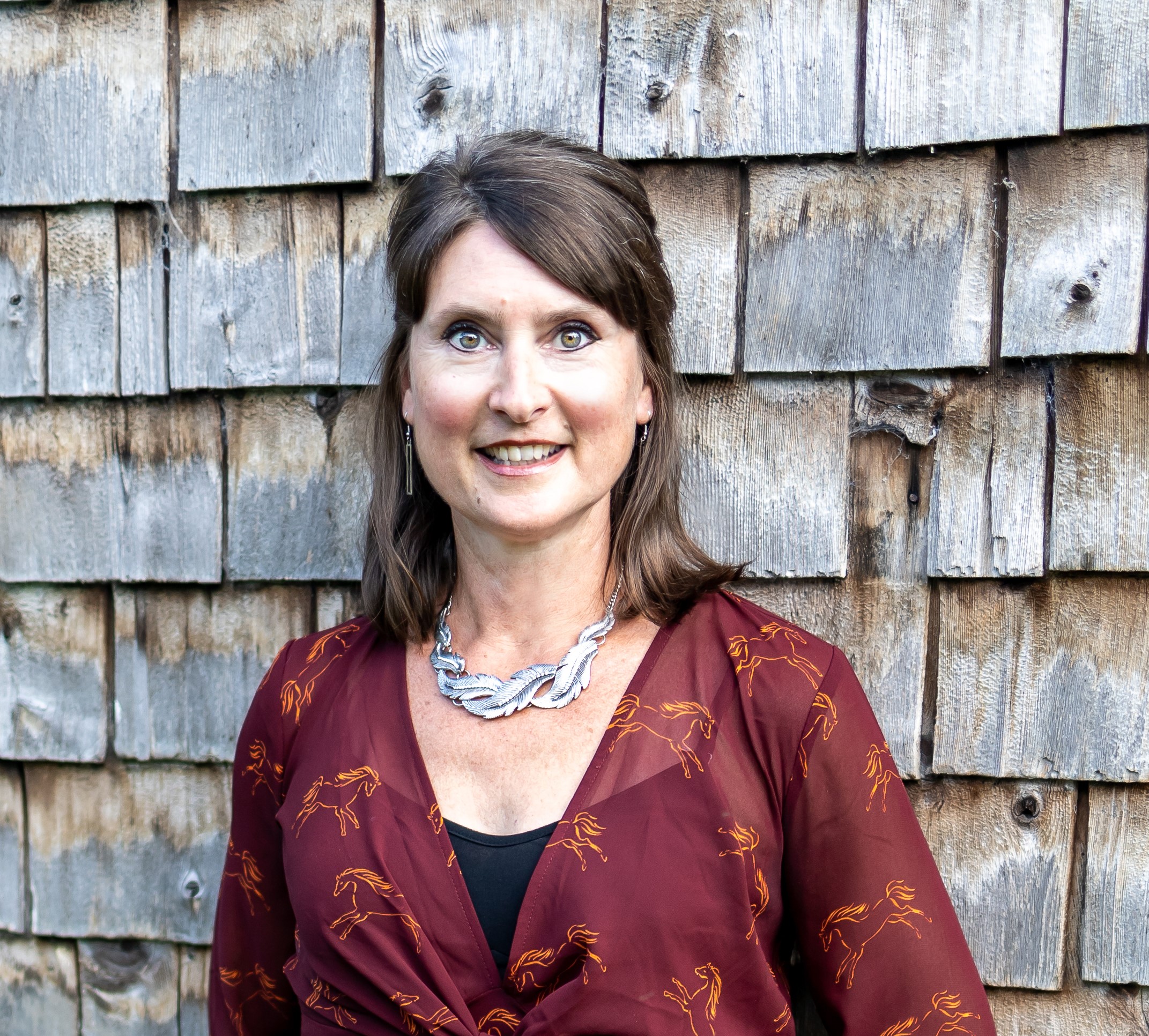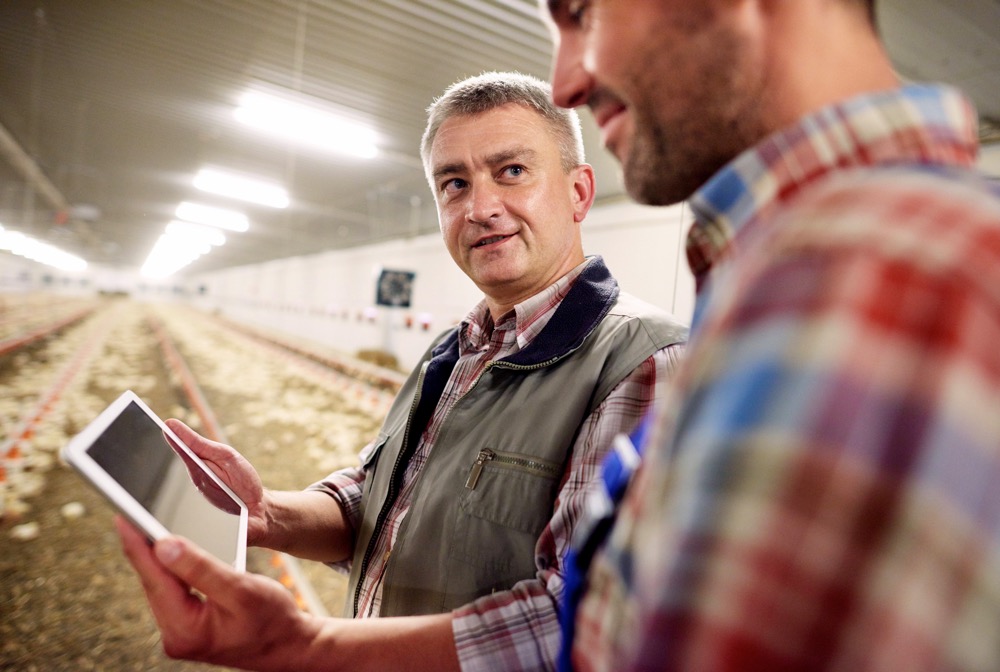Farmers frequently take stock of tangible assets. They know how much money they have in the bank, how much machinery they’ve got ready to go, and how much of which crop inputs they have on hand.
But what about intangible assets? Could we be keeping better track of our knowledge and skills, and should we put systematic effort into studying other people’s successes for inspiration and for answers to challenges that we face too?
These are called bright spots and blind spots. They’re our stock, respectively, of the knowledge and skills we have on hand (i.e. our bright spots) and the bank of information that’s out there just waiting for us to tap into (you guessed it — our blind spots).
Read Also

What to consider when setting up farm-related business ventures
Things to consider before launching a farm-adjacent side business.
Blind spots can be defined another way too. They’re what happens when we lack knowledge or understanding about some aspect of our business.
Blind spots are actually less numerous, which may seem like they must not matter, but they reveal how someone with the same resources as us has managed to solve a problem we have, or how they’ve developed exceptional practices or behaviours that make them more productive than us even though they started in the same place.
We can gain a lot by getting scientific about how we learn from others in agriculture, as well as from those outside the agriculture industry.
Probing our blind spots and studying bright spots can provide not just clues but concrete models to help our businesses thrive and the agriculture industry to innovate. We can get better at learning from the experience of others to inform our own decisions and strategies, effectively illuminating blind spots and selecting the best bright spot solution at the right time.
Blind spots create vulnerability
Your business blind spot is where you lack adequate knowledge or skills about a particular subject. We often make assumptions, and consequent decisions, based on what we’ve learned and experienced, and the knowledge and skills we’ve acquired. But a false sense of knowledge — not being aware of your blind spots — can lead you to make uninformed decisions.
In other words, it’s critical to be aware of your blind spots because they highlight the vulnerable gaps in your thinking.
One way to light up blind spots is to identify your circle of competence. This mental model was developed by Warren Buffet, the famous American business magnate, who originally used it to guide financial investment decisions.
A circle of competence contains all the specific knowledge and skills you possess about a certain (or several of them) subject.
By extension, everything outside the circle is where you have limited understanding or experience.
Buffet summarized it this way: “Know your circle of competence, and stick within it. The size of that circle is not very important; knowing its boundaries, however, is vital.”
This idea of not venturing outside the circle and going where you could potentially learn new things it might seem counterintuitive at first but stick with us.
Isabel Gan, product manager at Indigo, says embracing your circle of competence to build your business “is about leaning into our already defined skillset and building traction around that.”
There are no blind spots inside your circle. This is what you’re really good at, because it encompasses everything you are familiar with and have mastered up to this point in your life. Your sweet spot — think of it as the place where the depth and breadth of your knowledge converges to form your unique expertise — should be leveraged to help you focus on what you do best.
But there has to be more. Outside your circle of competence, things can get a little fuzzy. This is where all the subjects and ideas reside that you only kinda-sorta understand (or not at all) — a.k.a. your blind spots.
Of course it’s good to check out other people’s circles. Their circles will contain knowledge and skills that you don’t have, and could include exactly the information or insight you’re looking for. But be careful: A quick visit to someone’s circle does not an expert make. Rather, you can “borrow” that knowledge. Before you act on it, you need to add it to your own circle.
If it sounds confusing, just listen to Tom Watson Sr., the founder of IBM computers, who said, “I’m no genius. I’m smart in spots — but I stay around those spots.” Operating within our circles and borrowing from others eliminates blind spots by playing to our strengths. If hugely successful businesses have been built on this principle, it’s worth giving it some thought.
Opportunities get lost in blind spots
When we’re strategizing about where to go next with our businesses, we can inadvertently develop tunnel vision. We become so overloaded with information that we attend only to the facts in front of us. But as Ozan Varol points out in his book Think Like a Rocket Scientist, “From a human perspective, not all facts are equal. We tend to incessantly focus on the facts in front of us and neglect other facts that may be hidden in a blind spot.”
What opportunities are lying just outside your peripheral vision? What pieces of the puzzle are hidden in your blind spot that could help you make a better business decision?
Varol writes that Niels Bohr and Albert Einstein used to stress-test their ideas on one another because each was too close to his own perspective to see its blind spots. It makes sense. Develop a blind-spot buddy. Otherwise, try looking at familiar facts with objective “alien eyes” to help unlock new possibilities and avoid potential risks.
Find bright spots and replicate them
As mentioned above, you are certainly encouraged to visit other circles with the intention of learning from them. There are two ways of investigative learning that can eliminate blind spots and turn the success of others to your advantage: by observing positive deviants and by examining bright spots.
The Positive Deviance (PD) approach is based on the idea that within every community there are individuals whose “uncommon” strategies or behaviours permit them to find better solutions to the same challenges their peers are experiencing, even though they have the same resources. It focuses on identifying the strengths that these outliers are leveraging and then adopting them in similar situations.
Made popular in the 1990s by Jerry and Monique Sternin, international development practitioners, the PD approach was originally implemented in nations that struggled to attain adequate levels of health and nutrition, particularly among children. It has since been used to uncover and adapt resources everywhere from American hospitals to large corporations, schools and patients with mental illness.
Brothers Chip and Dan Heath provided a simple example in their book Switch: How to Change Things When Change is Hard. A company launches a new product and finds that six months later only two of 10 sales reps have doubled their sales, while six remain the same and two have lost sales. Most business owners would spend time trying to figure out what the eight sales reps are doing wrong, but the Heath brothers say this is backwards: the owner should be exploring what the other two are doing well and apply their approach to the eight.
The human brain is wired to focus on problems instead of strengths. Rather than work so hard to identify the origin of the problem (I mean, we already know there’s a problem, so why are we fixated on that aspect?), we should conduct a Bright Spot Analysis, a strategic search to discover what effective practices the outlier/positive deviant is using to solve the issue and learn from them.
You can similarly subject your own new ideas or projects to a Bright Spot Analysis. The Heath brothers write, “In times of change, you need what my brother and I call a bright-spots focus. That is, you need to look for the early glimmers that something is going right. And when you find a bright spot, your mission is to study it and clone it.”
You can also follow the four steps of the PD process:
- Define the problem and pertinent outcomes, making sure you frame the challenge positively.
- Scope out positive deviants in your community to find out who has overcome similar issues.
- Unearth their unique and uncommon strategies by visiting their circles of competence.
- Adapt and adopt their successful practices to your situation.
Luckily, these days with social media it’s quite easy to probe for bright spots and study positive deviants. We can — and should — learn from the experience of others and use that information to inform business decisions and strategies.
Intangible business assets are arguably as valuable as tangible ones. The key to upgrading your knowledge and skills is simply a matter of engaging in learning conversations and watching for and replicating the best ideas from your work and others. Be inspired by those around you; it’s certainly the right industry for bright ideas.
















